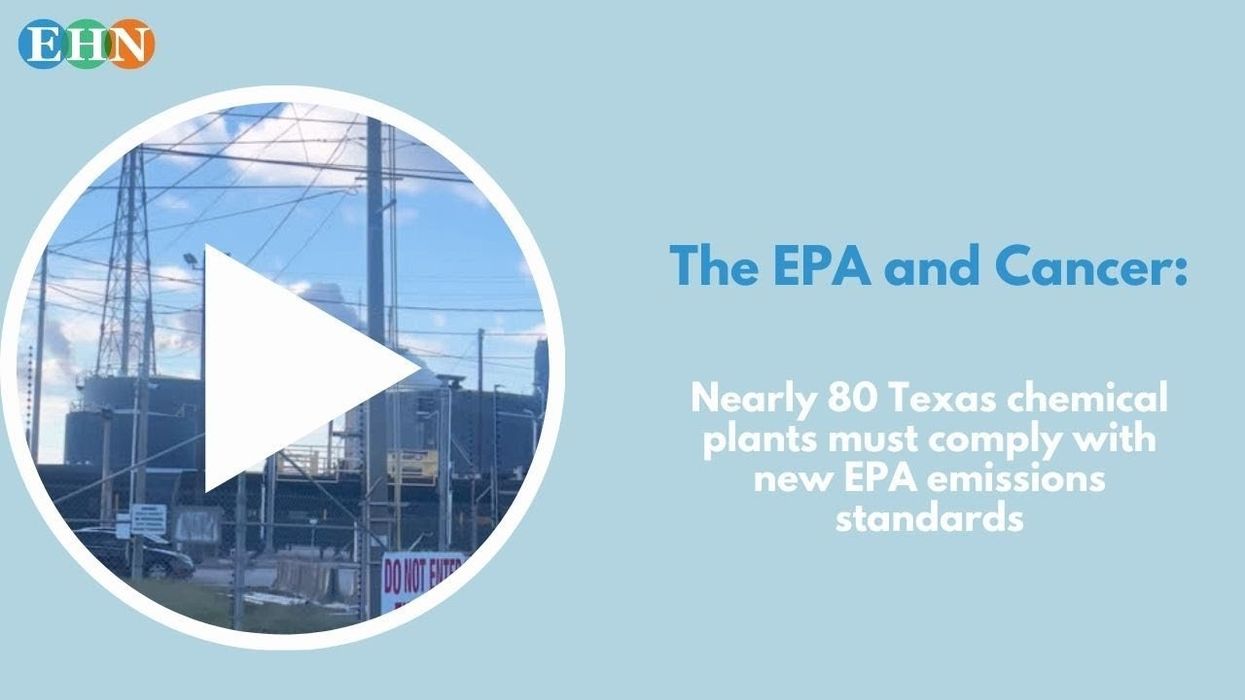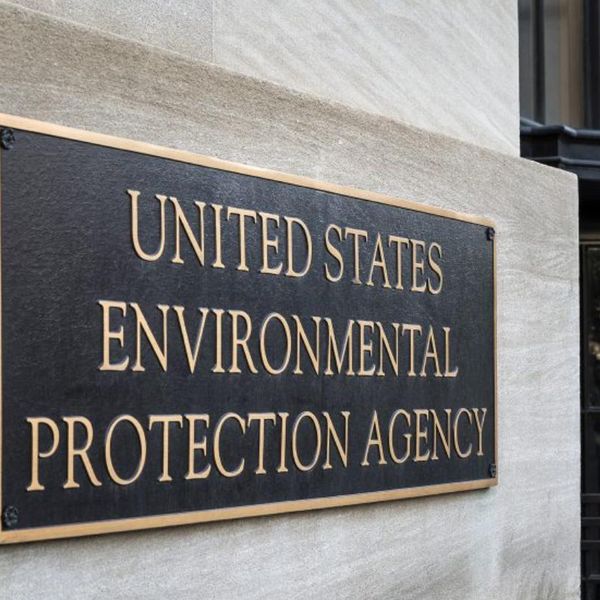HOUSTON – Terri Blackwood, a Baytown resident living along the Houston Ship Channel, knows the smells of pollution well.
Blackwood’s backyard is along the water shore where several oil and gas facilities and chemical plants cluster. She keeps a journal of more than 100 instances in which she smelled something “off,” felt ill, saw flares or noticed her house shaking. Depending on the severity and duration, she has filed reports to the Texas Commission on Environmental Quality (TCEQ) or called Exxon, the largest petrochemical complex in the area.
To read a version of this story in Spanish click here. Haz clic aquí para leer este reportaje en español.
“I’m not anti-industry,” Blackwood told EHN. “I know they’re not moving. I’m not either. I’m just for the safety of the neighborhood.”
Soon Blackwood and her neighbors may get some relief: three facilities in ExxonMobil’s Baytown complex near her home are subject to the U.S. Environmental Protection Agency’s updated regulations released last week that aim to reduce cancer risk and air pollution at 200 chemical facilities. The agency is targeting six cancer-causing compounds including ethylene, chloroprene, benzene, 1,3- butadiene, vinyl chloride and ethylene dichloride. Nearly 40% of these facilities are in Texas and 14% are in Harris County — where Houston is located — alone.
“I’m not anti-industry. I know they’re not moving. I’m not either." - Terri Blackwood, a Baytown resident
These new regulations could mean relief for communities located along the fenceline, especially communities of color that are often disproportionately located near these facilities and often lacking adequate monitoring. While Harris County has nearly 20% of all of TCEQs air monitors, they are often spread out and far from facilities’ fencelines. Last year, the EPA granted the city of Houston $500,000 to increase air monitoring of benzene, 1-3 butadiene and ethylene via the Inflation Reduction Act. The new rule requires fenceline monitoring of the six targeted chemicals.
The rule will also more tightly regulate flaring and remove existing air pollution emissions exemptions from startups, shutdowns and malfunctions at plants. The EPA estimates the new rules will reduce the number of people with elevated cancer risk due to air pollution by 96%.
ExxonMobil did not respond to Environmental Health News’ request to comment about the new rules.
Communities’ cautious optimism
Communities in Harris County like Galena Park, the Houston’s East End, Pasadena, Baytown and Channelview — all of which include large communities of color with air toxic risks related to cancer that are higher than 90% of the population — will likely have the most room for improvement.
“It’s good that they’re making progress,” Juan Flores, Galena Park resident and community air monitoring director for the Houston-based nonprofit Air Alliance, told EHN. “I would like to see more progress to limit this even further, especially as a person who is dealing with health effects because of this stuff.”
Blackwood said keeping track of this new data will be “another thing” she will have to keep an eye on. In the last few months, Air Alliance monitored her house with different types of air monitors and she hopes the federal fenceline data will reflect what she “already knows.” The TCEQ only considers air quality data from a previously established network of federal and commercial air monitors.
While the federal changes are welcome, community concerns persist. The state of Texas and the TCEQ have historically challenged the EPA’s authority. In March, Texas’ Attorney General Ken Paxton challenged the EPA’s new national air quality standards in a lawsuit. Blackwood and Flores fear that Texas will prevent the new rule’s efficacy.
“I didn't realize I needed to pay more attention,” said Blackwood. “I definitely, naively, presumed EPA was a final authority for ensuring public safety."
Victoria Cann, media relations specialist for the TCEQ, told EHN the agency “will conduct investigations to evaluate compliance with applicable requirements as part of the compliance and enforcement program.”
Cann also said that the new requirements will be considered in the permitting process for facilities that are subject to the new standards.
Texas Environmental Justice Advocacy Services, or TEJAS, has advocated for decades for stronger chemical regulations like this one.
“We remember family, friends, and neighbors who we lost as a result of health-related issues because of highly hazardous air pollutants, including carcinogens like ethylene oxide and 1,3-butadiene,” TEJAS representative Deyadira Arellano told EHN. “We owe it to our loved ones to act on environmental justice and call for enhanced inspections and enforcement at facilities that repeatedly violate emissions rules.”
- Texas has more chemical emergencies than any other state and they’re disproportionately affecting Latino communities ›
- WATCH: A closer look at new federal funding for Houston air monitoring ›
- New EPA regulations to slash chemical plant pollution ›
- EPA announces stricter rules to prevent chemicals incidents ›
- Cancer-causing benzene levels were cut in half at US refineries in 2023 - EHN ›




















